Common names: cherry plum, myrobalan plum
Scientific name: Prunus cerasifera
Family: Rosaceae
Origin: non-native
Street tree, early spring flowerer and ancestor of the domestic plum. Cherry plum is one of the first trees to blossom in the UK.
Common names: cherry plum, myrobalan plum
Scientific name: Prunus cerasifera
Family: Rosaceae
Origin: non-native
Cherry plum is a broadleaf deciduous tree and one of the first Prunus species to flower in spring. It can grow to 8m. Its bark is dark grey and develops fissures with age, and its twigs are green and covered in a fine down when young.
Look out for: the leaf stems (petioles) which have two red glands at the top.
Identified in winter by: winter twigs which have buds with very small or indistinct bud scales.
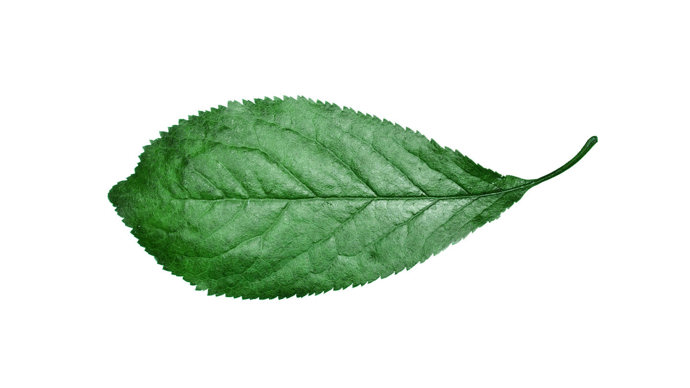
Credit: Nature Photographers Ltd / WTML
Green, slender and glossy, with fine hairs on the underside.
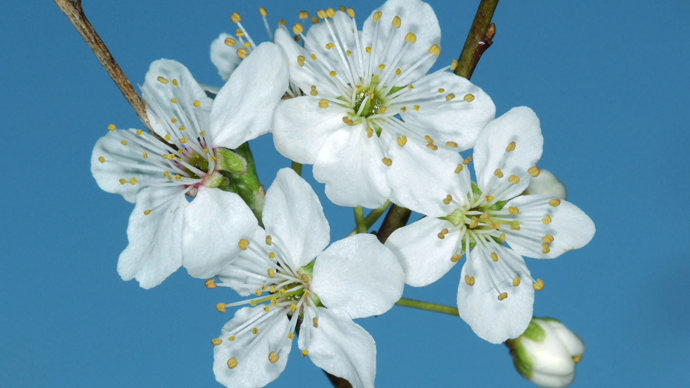
Credit: Nature Photographers Ltd / WTML
White, and usually grow singularly in late winter to early spring.
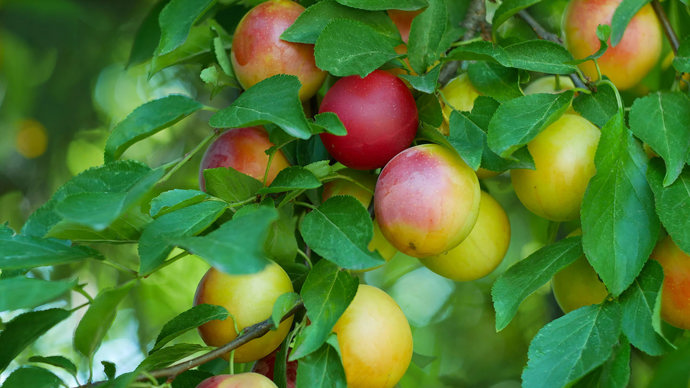
Credit: Volodymyr Chaban / Alamy Stock Photo
After pollination by insects, the flowers develop into yellow or red cherry-like fruits.
Wild cherry (Prunus avium), sour cherry (Prunus cerasus) and bird cherry (Prunus padus).
Blackthorn (Prunus spinosa). The main differences between blackthorn and cherry plum are thorns, flowering times and hairiness. Cherry plum tends to grow without thorns, flower at the same time as leaves emerge, and have hairless twigs.
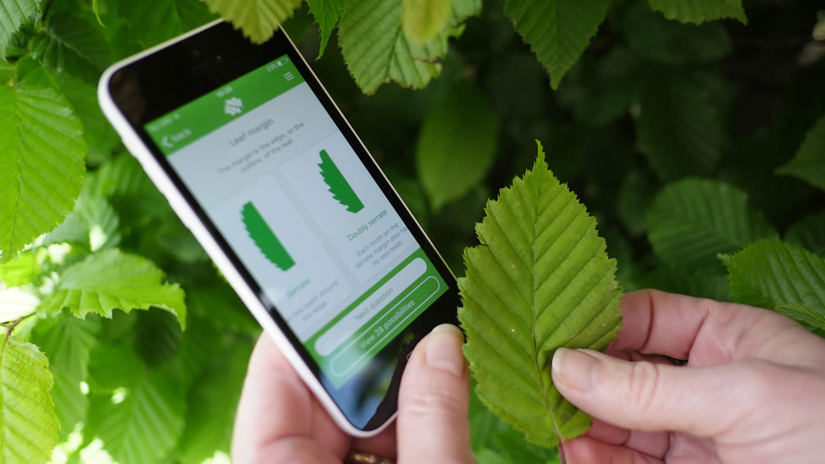
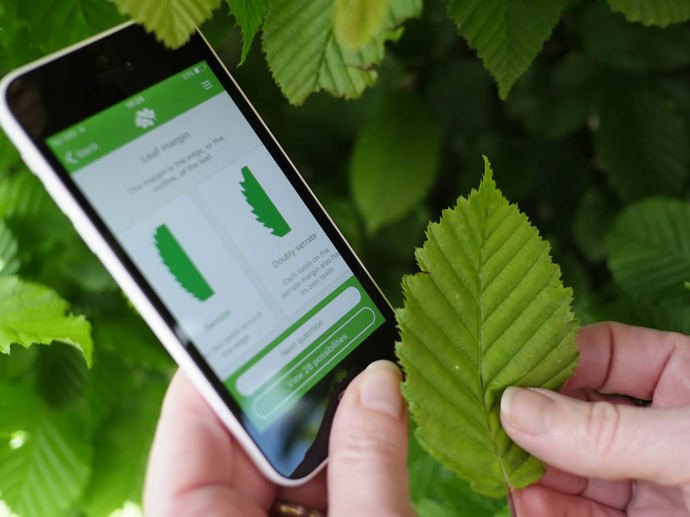
Download our free Tree ID app for Android and iPhone to identify the UK's native and non-native trees. It's an A-Z tree guide in your pocket.
The second part of the scientific name, cerasifera, means 'bearing cherry-like fruits'.
Native to southeast Europe and western Asia, cherry plum has naturalised in the UK.
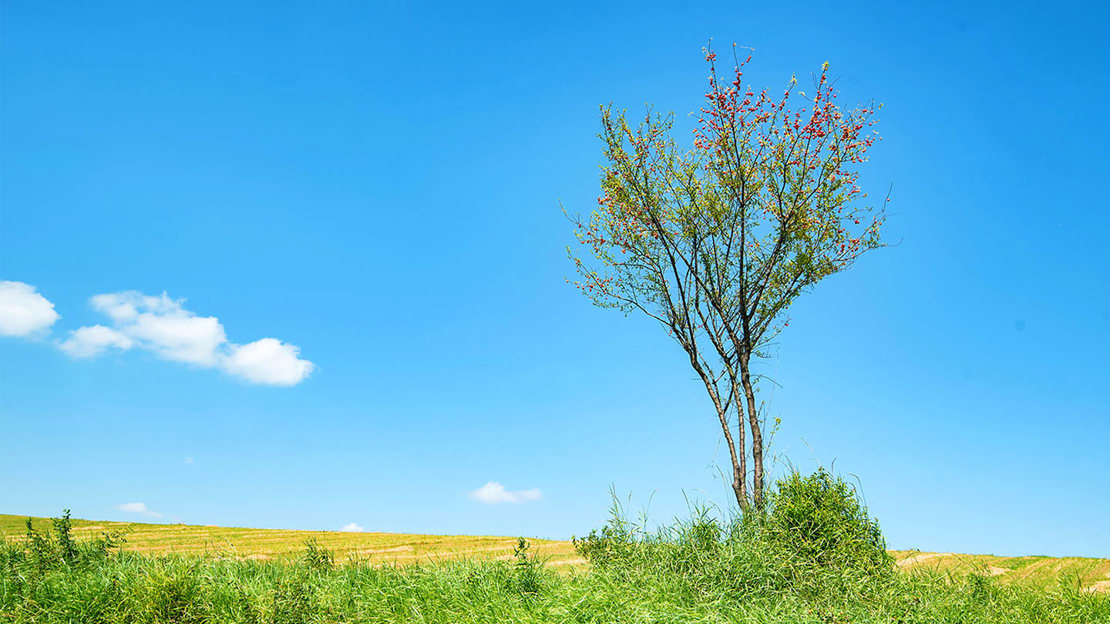
Flowers are attractive to bees and other insects. Birds eat the ripe fruits.
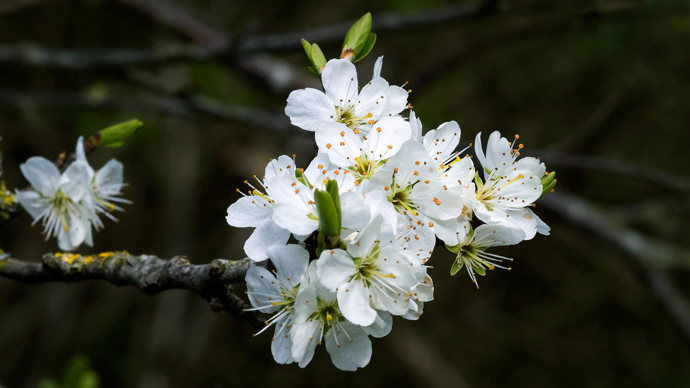
Credit: Christine Whitehead / Alamy Stock Photo
Cherry plum flowers were used by Dr Edward Bach to create a remedy for people in fear of losing control of their behaviour, and are still used in Bach Flower Remedies today. Cherry plum is often grown as an ornamental tree for its early display of flowers or as a fruiting hedge. Young trees are regularly used as understocks (a root which another plant is grafted on to) for domestic plums. Its fruits can be eaten or used to make jams and wines.
Like many trees in the Prunus genus, cherry plum may be susceptible to fungal diseases.